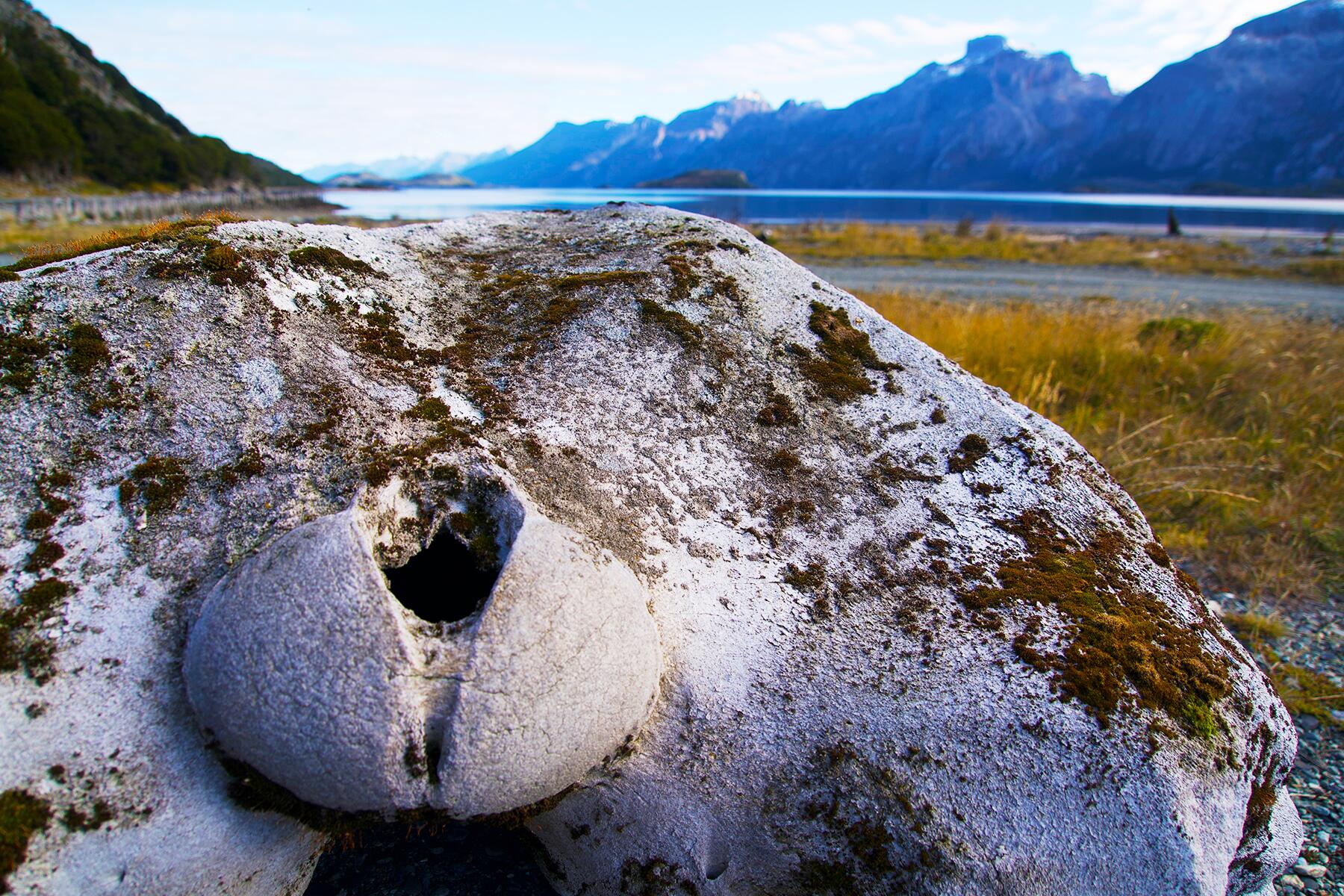Chiloé
Chiloé
Steeped in magic, shrouded in mist, the 41-island archipelago of Chiloé is that proverbial world apart, isolated not so much by distance from the mainland as by the quirks of history. It’s also fast becoming one of Chile’s favorite travel destinations. Chiloé is packed with fascinating nature, from wild beaches to thick, temperate forests. Opportunities abound for trekking, horseback riding, kayaking, bird-watching, whale-watching, and more. Much of the island's 200,000 residents are descendants of blended colonial and indigenous cultures with fascinating traditions in farming, fishing, and devout Catholicism, not to mention finely crafted woolen sweaters, rich seafood stews, unique wooden churches, and palafito, or houses poised on stilts.
Originally inhabited by the indig...
Read MoreSteeped in magic, shrouded in mist, the 41-island archipelago of Chiloé is that proverbial world apart, isolated not so much by distance from the mainland as by the quirks of history. It’s also fast becoming one of Chile’s favorite travel destinations. Chiloé is packed with fascinating nature, from wild beaches to thick, temperate forests. Opportunities abound for trekking, horseback riding, kayaking, bird-watching, whale-watching, and more. Much of the island's 200,000 residents are descendants of blended colonial and indigenous cultures with fascinating traditions in farming, fishing, and devout Catholicism, not to mention finely crafted woolen sweaters, rich seafood stews, unique wooden churches, and palafito, or houses poised on stilts.
Originally inhabited by the indigenous Chono people, Chiloé was gradually taken over by the Huilliche. Though Chiloé was claimed as part of Spain's empire in the 1550s, colonists dismissed the archipelago as a backwater despite its strategic importance. The 1598 rebellion by the Mapuche people on the mainland drove a contingent of Spanish settlers to the isolated safety of Chiloé. Left to their own devices, Spaniards and Huilliche lived and worked side by side. Their society was built on the concept of minga, a help-thy-neighbor spirit resembling traditions of pioneer America, such as barn raisings and quilting bees. The outcome was a culture neither Spanish nor indigenous, but Chilote—a quintessential mestizo society.
Isolated from the rest of the continent, islanders had little interest in or awareness of the revolutionary fervor sweeping Latin America in the early 19th century. In fact, the mainland Spaniards recruited the Chilote to help put down rebellions in the region. When things got too hot in Santiago, the Spanish governor took refuge on the island, just as his predecessors had done two centuries earlier. Finally defeated, the Spaniards abandoned Chiloé in 1826, surrendering their last outpost in South America, and the island soon joined the new nation of Chile.
Nowadays, the isolation is more psychological than physical. Chiloé is just more than 2 km (1 mile) from the mainland at its nearest point, and dozens of buses and frequent ferries every day make the half-hour crossing between Chiloé and Pargua, near Puerto Montt in the Lake District on the mainland. As well, a modern airport was inaugurated in Castro in 2013. In recent years, the island’s tourism offerings have taken a giant leap forward with several luxury hotels and sophisticated gourmet restaurants opening in the Castro area and the massive private park Tantauco drawing droves of trekkers near Quellón. Today, Chiloé is embracing the world while firmly preserving its cultural past.
Recommended Fodor’s Video
Hotels
Things to Do
Things to Do
Explore Things to Do
Find the perfect tours and activities in Chiloé.
Where to Eat
Where to Eat
Need to Know
Need to Know
Language
SpanishNearby Airports
SCLElectrical Outlets
220v/50 cycles; plugs are UK standard three-prong or Chilean standard with three linear round prongsCurrency
PesoLanguage
SpanishElectrical Outlets
220v/50 cycles; plugs are UK standard three-prong or Chilean standard with three linear round prongsCurrency
PesoNearby Airports
SCLWhen to Go
Chiloé is increasingly a year-round destination, but like the rest of southern Chile, the ideal time to go is during the summer months, from...Read More
Neighborhood Guides
Discover the best neighborhoods in Chiloé with curated recommendations from our editors.
essentials
transportation
When to Go
Chiloé is increasingly a year-round destination, but like the rest of southern Chile, the ideal time to go is during the summer months, from...Read More
Neighborhood Guides
Discover the best neighborhoods in Chiloé with curated recommendations from our editors.
When to Go
Chiloé is increasingly a year-round destination, but like the rest of southern Chile, the ideal time to go is during the summer months, from...Read More
Neighborhood Guides
Discover the best neighborhoods in Chiloé with curated recommendations from our editors.
essentials
transportation
Articles
Articles See All
Guidebooks
Guidebooks
Our worldwide travel correspondents bring you the best and most up-to-date coverage of over 7,500 global destinations.
Shop NowFodor's Essential Chile (Fodor's Travel Guide)
Whether you want to go hiking in Patagonia, hit the beach in Viña del Mar, or drink your...














